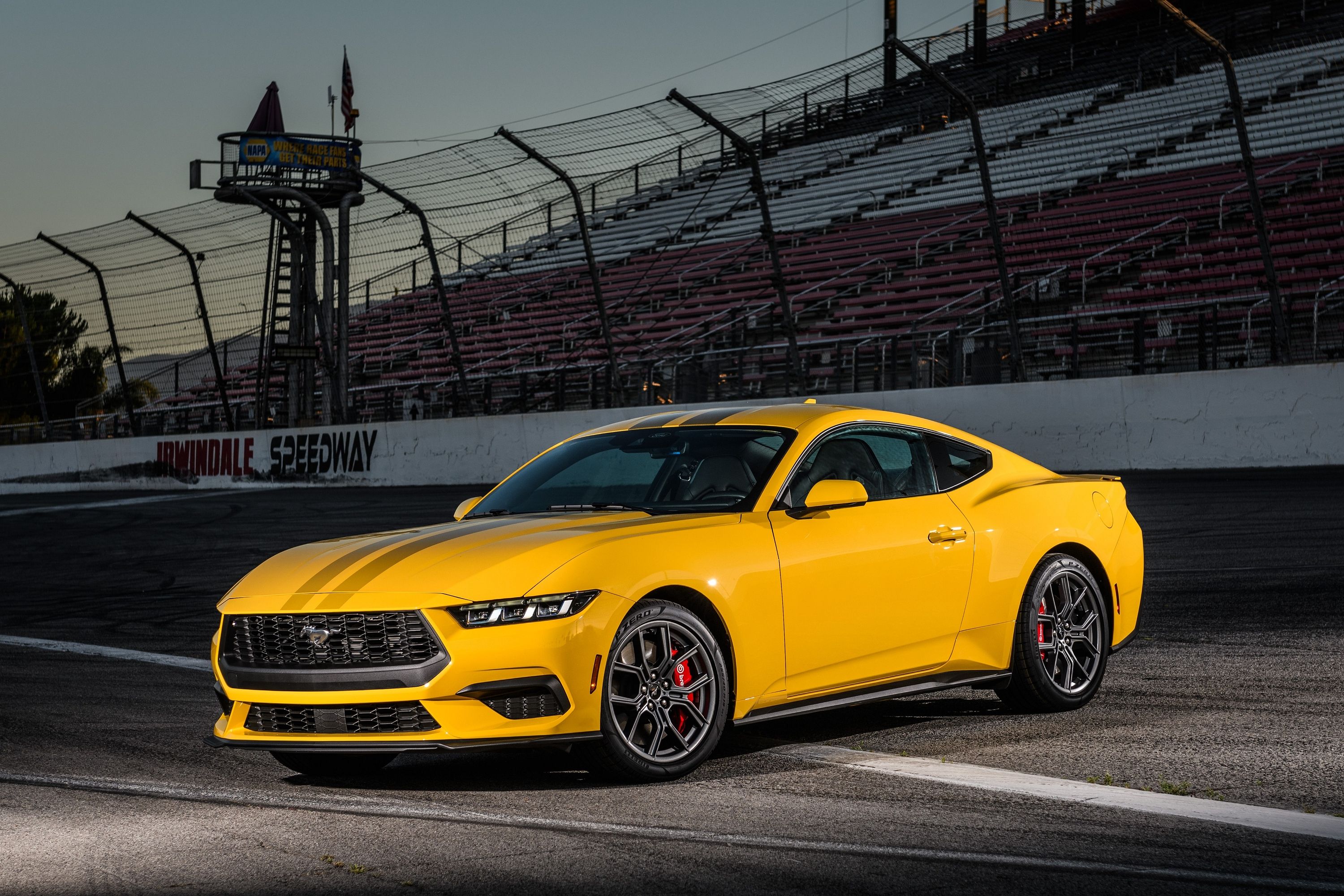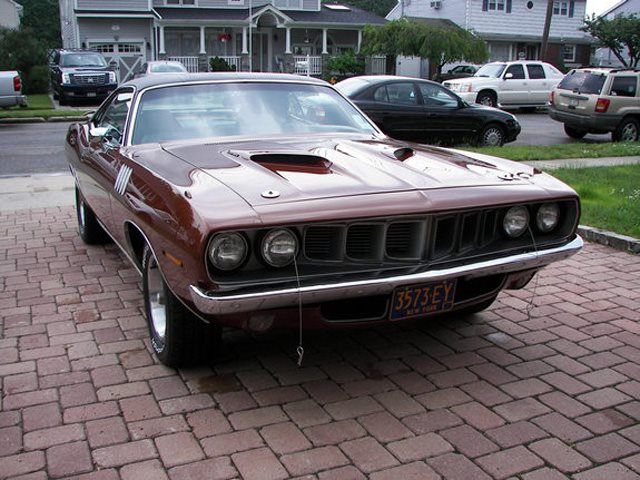
The latest word coming from Chrysler's Auburn Hills headquarters these days is that SRT division head Ralph Gilles wants to build an all-new Barracuda. As we reported earlier this week, this model could potentially become the Challenger's replacement, since the latter is beginning to age fast (in terms of platform engineering). The potentially new SRT Barracuda could be built on an all-new rear-wheel-drive platform that Chrysler is supposedly developing with Fiat.
There's no question the Hemi V8 would remain, but what's interesting is that this new platform would allow the Barracuda to be lighter than the heavy Challenger. Regardless of what happens with this project, the Barracuda nameplate itself is one of the most beloved and well-known in muscle car history. The first generation Barracuda premiered in 1964, only two weeks before the Ford Mustang was launched. Underpinned by Chrysler's rear-wheel-drive A-body platform, the first generation was also famous for its fastback body shape and rear window, which was the largest ever used at the time on a production car.
Power came from either two slant-6 I6 engines or the new 273 cu in 4.5-liter V8. The second generation was launched in '67 with all-new sheetmetal along with convertible, fastback, and notchback body styles. More importantly, Plymouth increased its V8 engine range, which now included 4.5-, 5.2-, 5.6-, 6.3-, and 7.2-liter options. A 426 cu in 7.0-liter Hemi was installed into the engine bays of just 50 fastbacks, specifically for Super Stock drag racing. The third and (as of now) final generation debuted in 1970. Along with fresh styling, Plymouth dropped the fastback option, leaving only the coupe and convertible.
However, the new car was built on a new platform that was shorter and wider, which was also shared with the Dodge Challenger. Power again came from a variety of V8s, specifically the 4-barrel Super Commando, 6-barrel Super Commando Six Pack, and the 426 Hemi. And in a sign of the times, Plymouth later began to decrease the Cuda's power in order to meet increasing fuel and safety regulations. While a 1975 model was planned, '74 ended up being the Cuda's final production year. Featured here is a 1971 Barracuda that underwent a complete four year restoration.
The restorer stripped it to the bare metal only to discover that the metal work was not done to the degree in which it should have been. After fixing some of the welding, he did plenty of block sanding and shot it with clearcoat. He then restored the grille, vinyl top, chrome trim, and bumpers. Underneath, the brakes, suspension and tires are all new. Painted in a stunning Autumn Bronze, the V8 engine also has matching numbers. If the rumors are true, let's hope the suits at Chrysler build a proper reborn Barracuda. If the current Challenger is any indicator, then we're in for more good times. Photos courtesy of moparhead68

